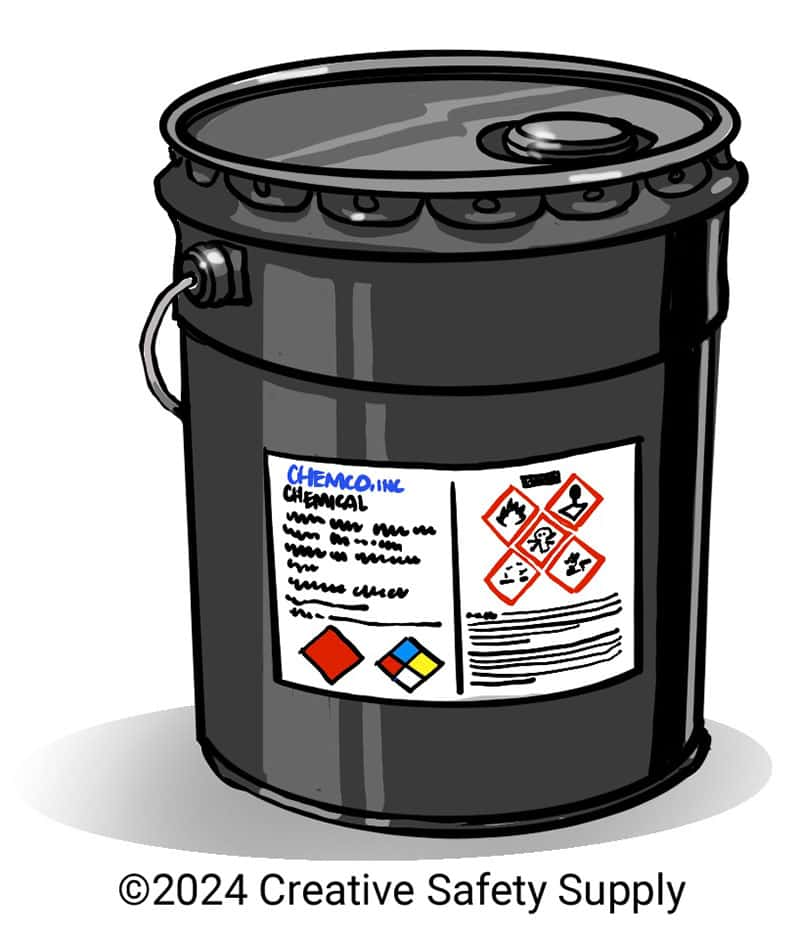
The Globally Harmonized System of Classification and Labelling of Chemicals, or GHS, is a popular set of standards that is used to classify chemicals and their associated hazards. It is used by companies around the world, and even mandated by many regulatory agencies like OSHA. Remaining in compliance with the standards put forth by GHS is critical for keeping employees, facilities, and even the environment safe. Understanding what it means to be in compliance is somewhat more complex than many other safety standards, so it is important to study this topic to avoid problems.

Compliance in Non-Regulated Areas
GHS on its own is not a program that is regulated by a governmental agency. This is one of the things that makes it so popular with places around the world. Since it isn’t tied to any specific government, all interested parties can use it only due to the fact that it is proven effective. Just because the standards aren’t regulated by a government agency, however, doesn’t mean there is nothing to be aware of.
Any company that wants to use the Globally Harmonized System will need to carefully follow the standards not only to benefit themselves, but also other companies that use this system. GHS uses pictograms and other easy to understand tools to convey important messages very clearly. Any chemicals that are shipped to places around the world will typically need to use GHS because it has been so widely adopted.
Compliance with Regulated Industries
Due to the fact that GHS has been shown to be so effective in all sorts of different industries, many regulatory bodies have started using the system. In the United States, OSHA has adopted many of the requirements identified in GHS. This includes not only the standard pictograms, but also the requirements to include safety data sheets (SDS) with each chemical that is present. Any company that uses hazardous chemicals in the United States will have to use proper GHS labeling and SDS documentation in order to remain in proper compliance with OSHA (and therefore GHS) standards.
Additional GHS Compliance facts:
- GHS stands for the Globally Harmonized System of Classification and Labeling of Chemicals, a framework that standardizes the classification and labeling of chemicals worldwide. Its goal is to establish criteria for the classification of health, physical and environmental hazards, and specify what information should be included on hazard labels as well as safety data sheets. Source: https://www.ehs.com/ghs-resource-center/ghs-facts/
- The United States adopted the GHS in 2012, when OSHA revised its Hazard Communication Standard (HCS) to align with the GHS. The revised HCS requires chemical manufacturers, importers, and employers to classify and label chemicals according to the GHS criteria, and to provide workers with training and information on the new system. Source: https://www.osha.gov/hazcom/global
- The GHS has six standardized elements for chemical labels: product identifier, signal word, hazard statement, precautionary statement, pictogram, and supplier information. The GHS also has nine pictograms that represent different types of hazards, such as flammable, corrosive, explosive, toxic, etc. Source: https://chemicalsafety.com/globally-harmonized-system-ghs/
- The GHS is not a mandatory or legally binding system, but rather a voluntary one that countries and organizations can adopt and implement according to their own needs and regulations. The GHS is intended to be a dynamic and flexible system that can accommodate new scientific data and harmonize with other existing systems. Source: https://www.envirofluid.com/understanding-ghs-compliance/
- The GHS is expected to bring many benefits to the global community, such as enhancing the protection of human health and the environment, facilitating international trade of chemicals, reducing costs and burdens for businesses and regulators, and improving communication and understanding of chemical hazards. Source: https://www.ehs.com/ghs-resource-center/ghs-facts/


